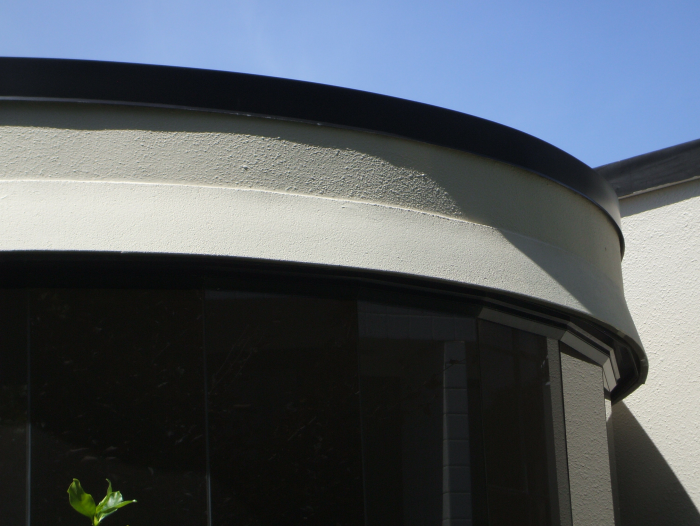No head flashing
Old Insulclad cladding
On the face of it you cannot understand how this detail would be compliant - no head, Jamb or sill flashing on this 1988 Insulclad window. But it has lasted? Why? Because the framing used in 1988 was treated against decay. Yes its leaked, yes the Insulclad has radially cracked around some windows, and yes it has been regularly painted. Never sealed. But it can't go on like this as boron treatment leaches out and over time decay sets in. Fact is the Building Act only allows claims within 10 years and due to the treatment level the framing would not have become damaged in such a short time. It has obviously been leaking BUT without moisture probes the owner would not realise.

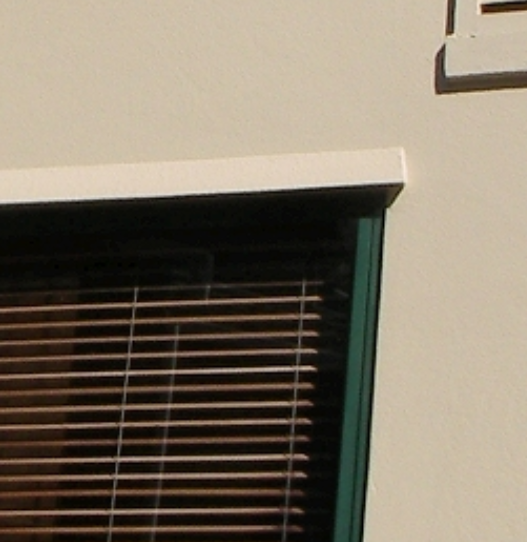 Window Eyebrows (Weathertightness) (Deflection)Improving deflection of rainwater away from head flashingsEnquire...
Window Eyebrows (Weathertightness) (Deflection)Improving deflection of rainwater away from head flashingsEnquire... logo
logo
 Window eyebrows gallery Folder
Window eyebrows gallery Folder 01Standard window
01Standard window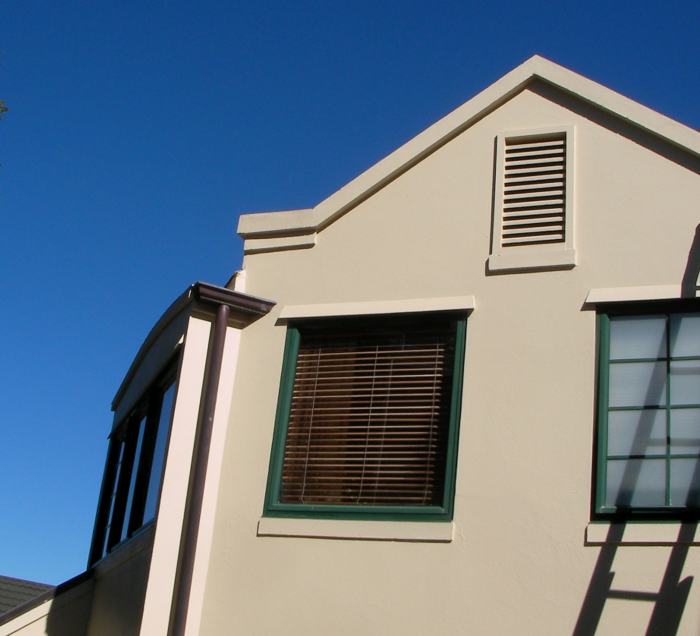
 02Old Insulclad window no head flashing
02Old Insulclad window no head flashing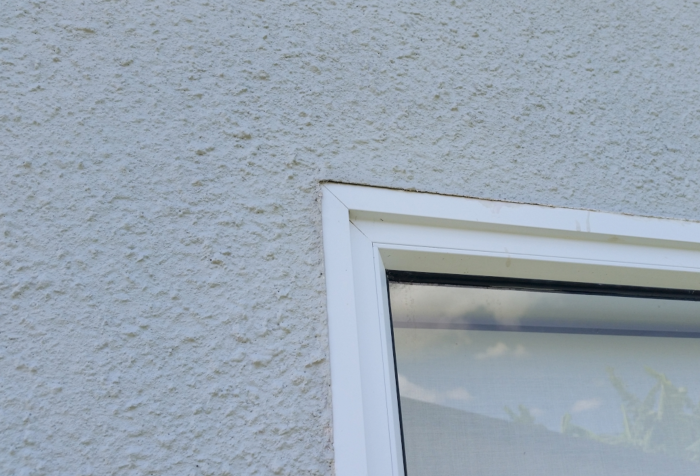
 03Harditex window head deconstructed
03Harditex window head deconstructed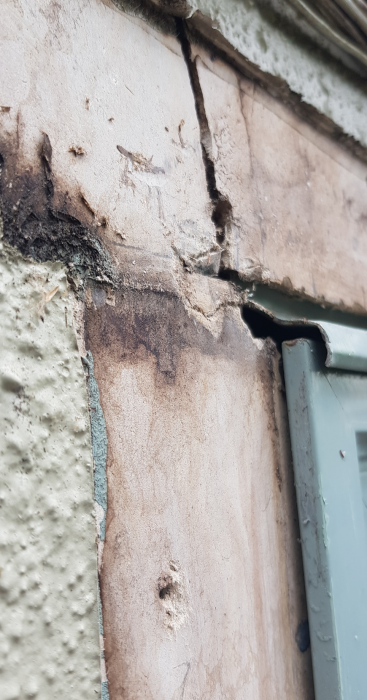
 08Corner window
08Corner window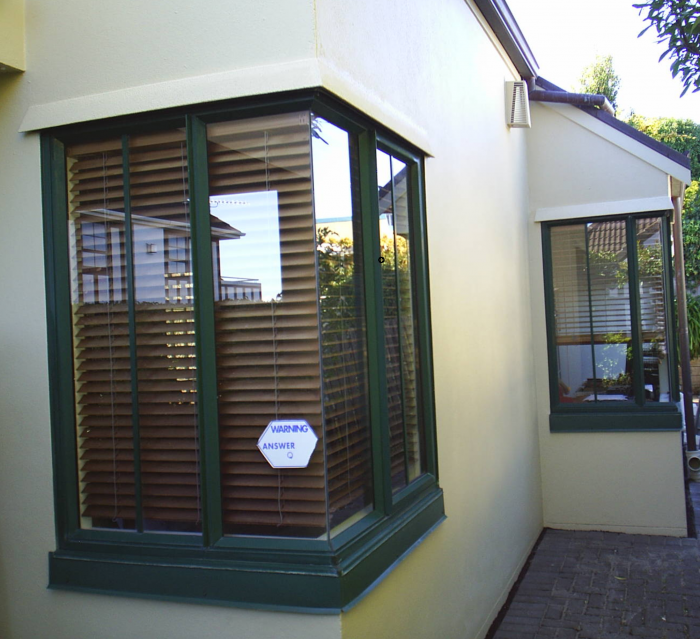
 10Arched and stepped window
10Arched and stepped window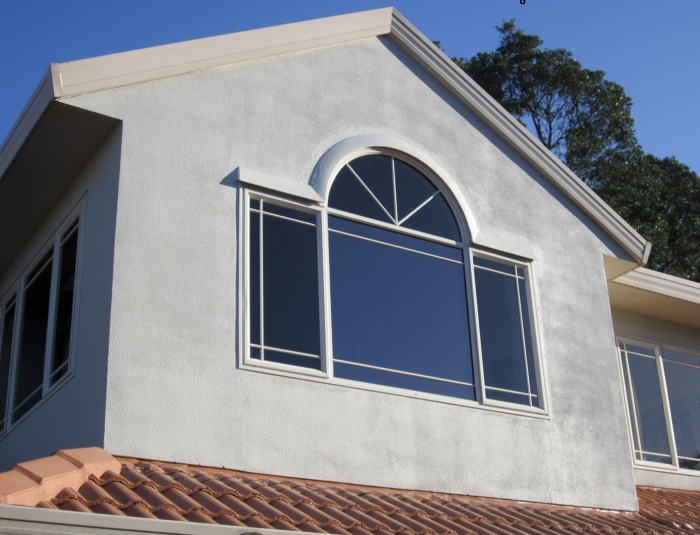
 20Arched window
20Arched window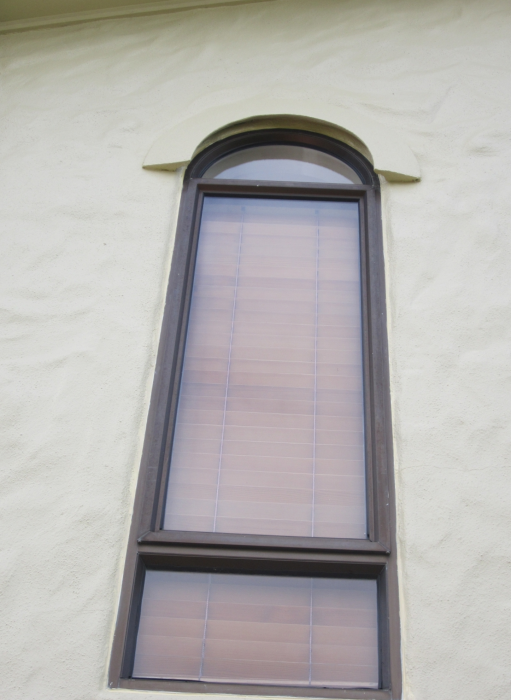
 30Facetted window curved wall
30Facetted window curved wall